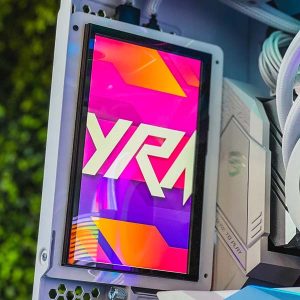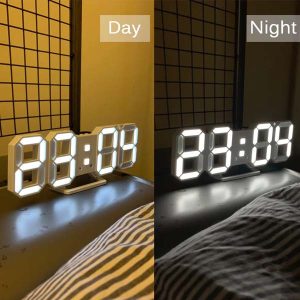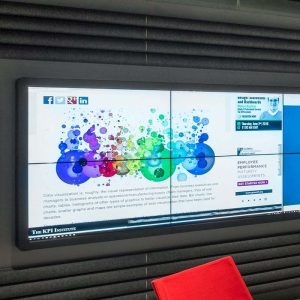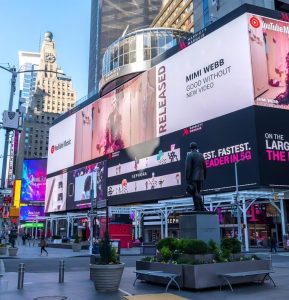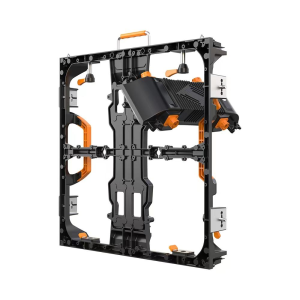When selecting the perfect indoor LED display for your business, it’s essential to consider several key factors to ensure the display meets your requirements while delivering optimum performance. In this article, we’ll discuss important aspects to take into account when purchasing an indoor LED display, such as pixel pitch, size, resolution, brightness, viewing angle, refresh rate, energy consumption, and budget, and provide some guidelines to help you make an informed decision.
- Pixel Pitch: The pixel pitch refers to the distance between individual pixels in a display. A smaller pixel pitch results in higher image quality, but it’s important to factor in the viewer’s distance from the screen when selecting the right pixel pitch.
- Size: The size of your indoor LED display will significantly impact its visibility and effectiveness. Determine the available installation space, audience size, and desired visual impact to help choose an appropriate display size.
- Resolution: The resolution of an LED display directly affects its image quality. Higher resolutions provide sharper images, ensuring that your content is clearly visible to the audience. Make sure to choose a display with a resolution suited for its intended use to achieve the best possible visual experience.
- Brightness: To ensure optimal visibility, choose an indoor LED display that offers sufficient brightness for the environment in which it will be installed. Consider factors such as ambient lighting conditions and the display’s distance from the viewers when determining the required brightness.
- Viewing Angle: The viewing angle affects the viewer’s ability to see the display content from different angles. A wider viewing angle ensures proper visibility for a larger audience, so select an indoor LED display with a viewing angle that accommodates your specific needs.
- Refresh Rate: The refresh rate is the number of times the display updates its content per second. A high refresh rate provides smoother visuals, making it especially important for fast-paced content such as videos or animations.
- Energy Consumption: Energy efficiency plays a crucial role in reducing operating costs and environmental impact. Look for indoor LED displays with energy-saving features and low power consumption.
- Budget: Last but not least, consider your budget when selecting an indoor LED display. It is essential to balance cost with the desired features and performance to ensure you’re making a wise investment.
By taking into account these key factors, you can confidently choose an indoor LED display that not only meets your requirements but also contributes to the success of your business. Discover a wide range of high-quality indoor LED displays tailored to your needs here.

